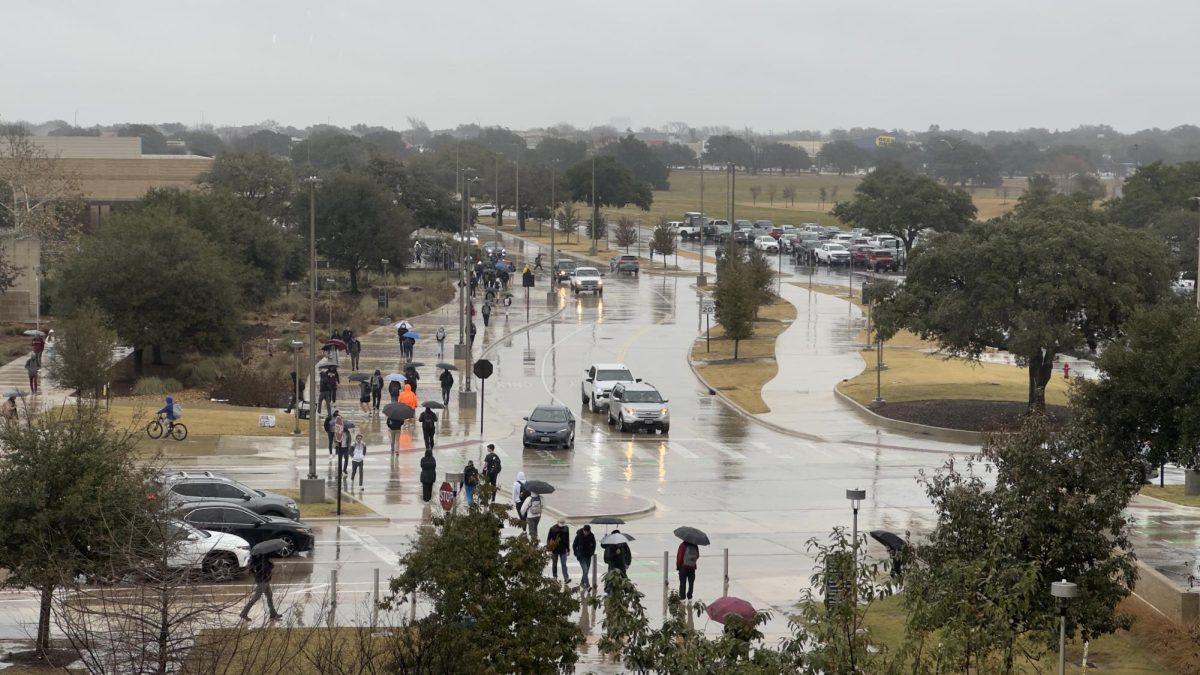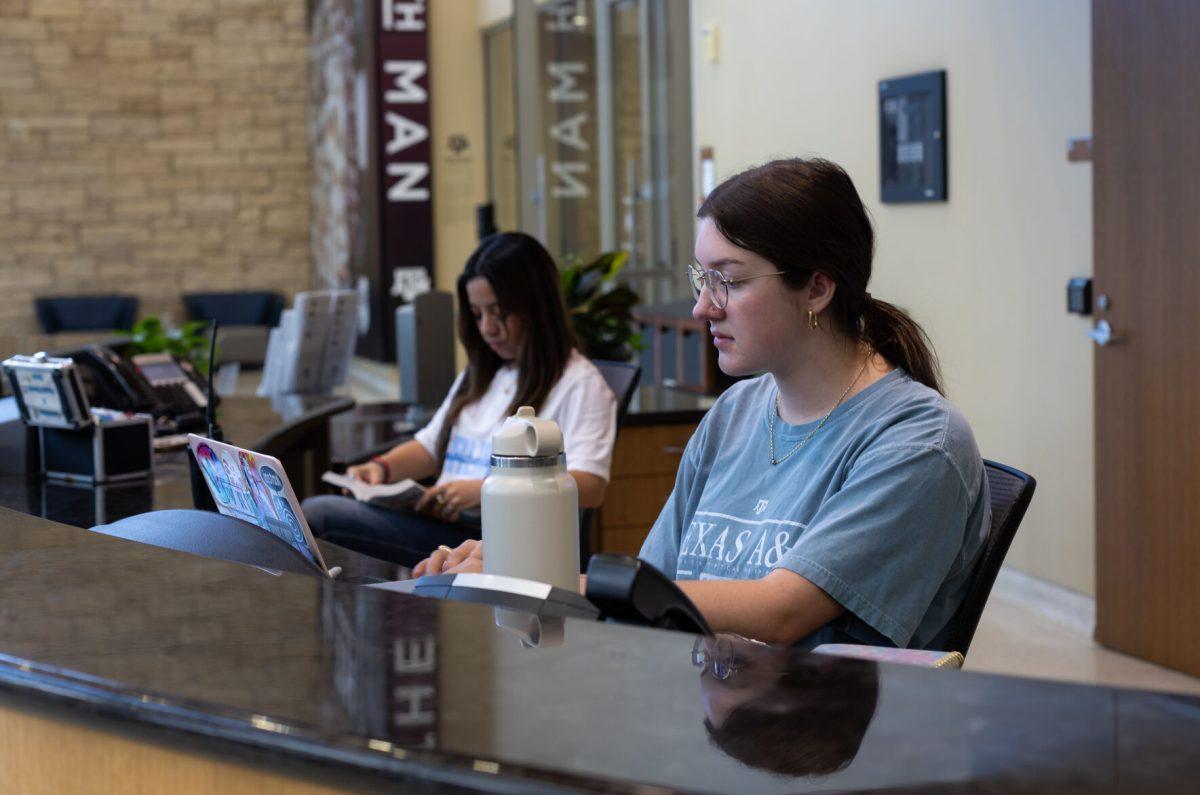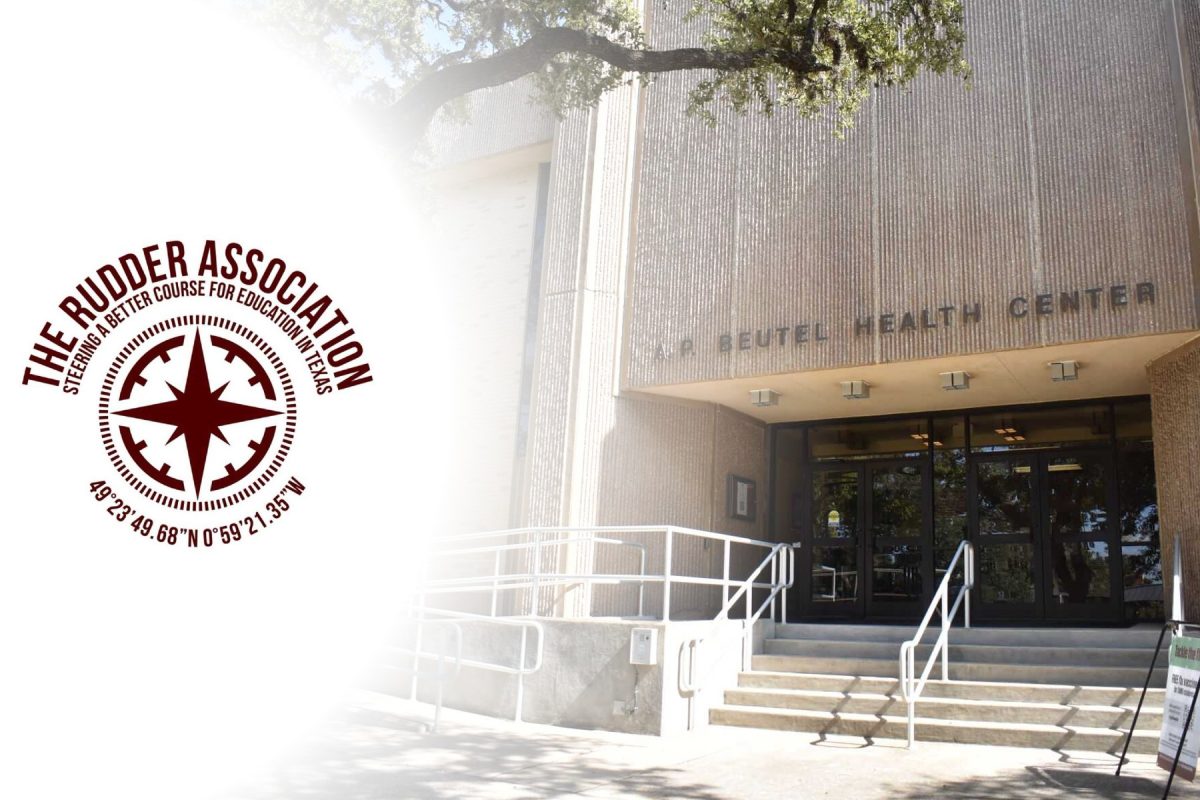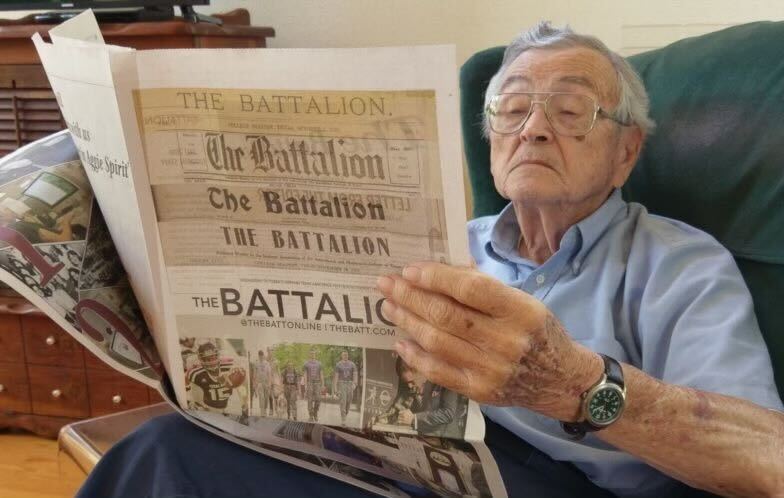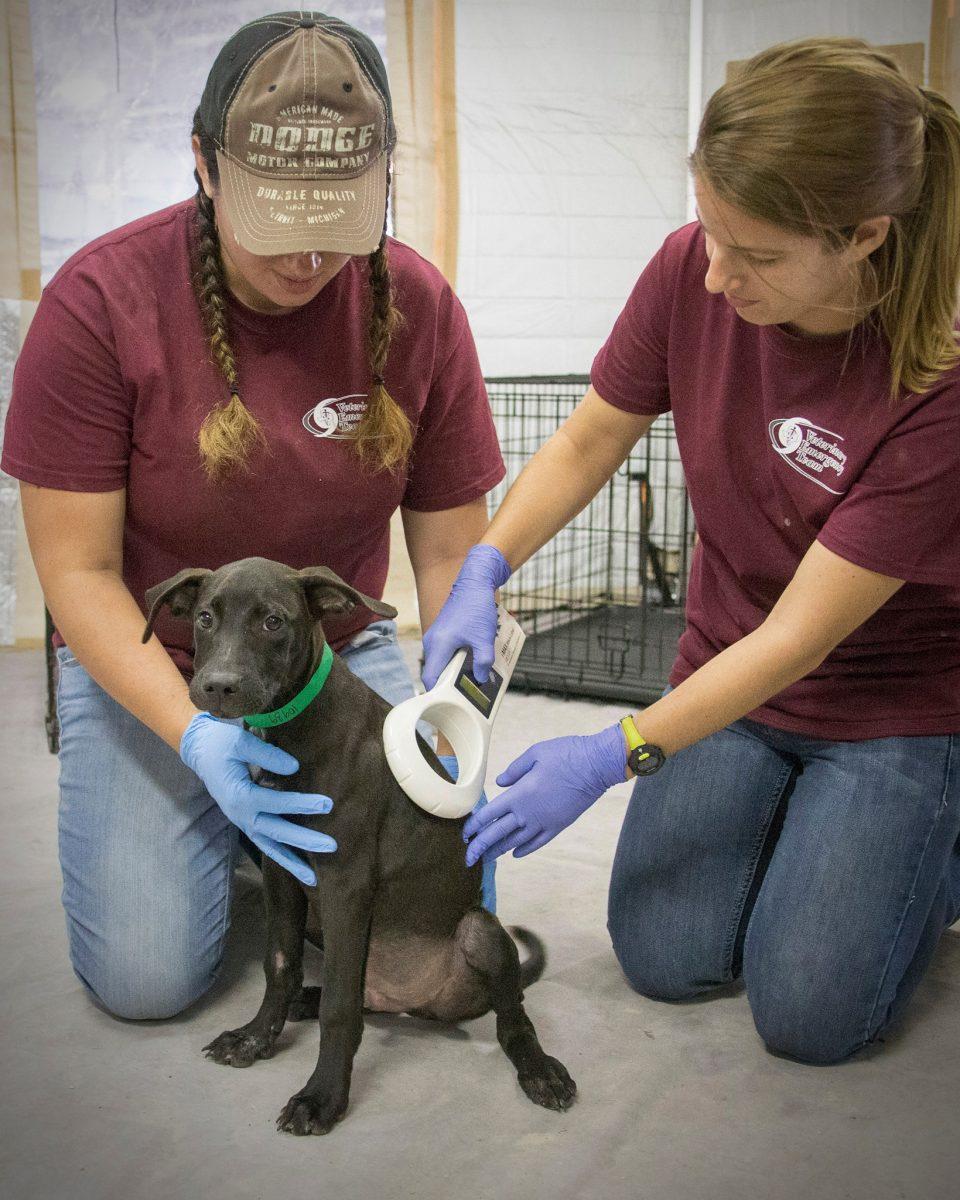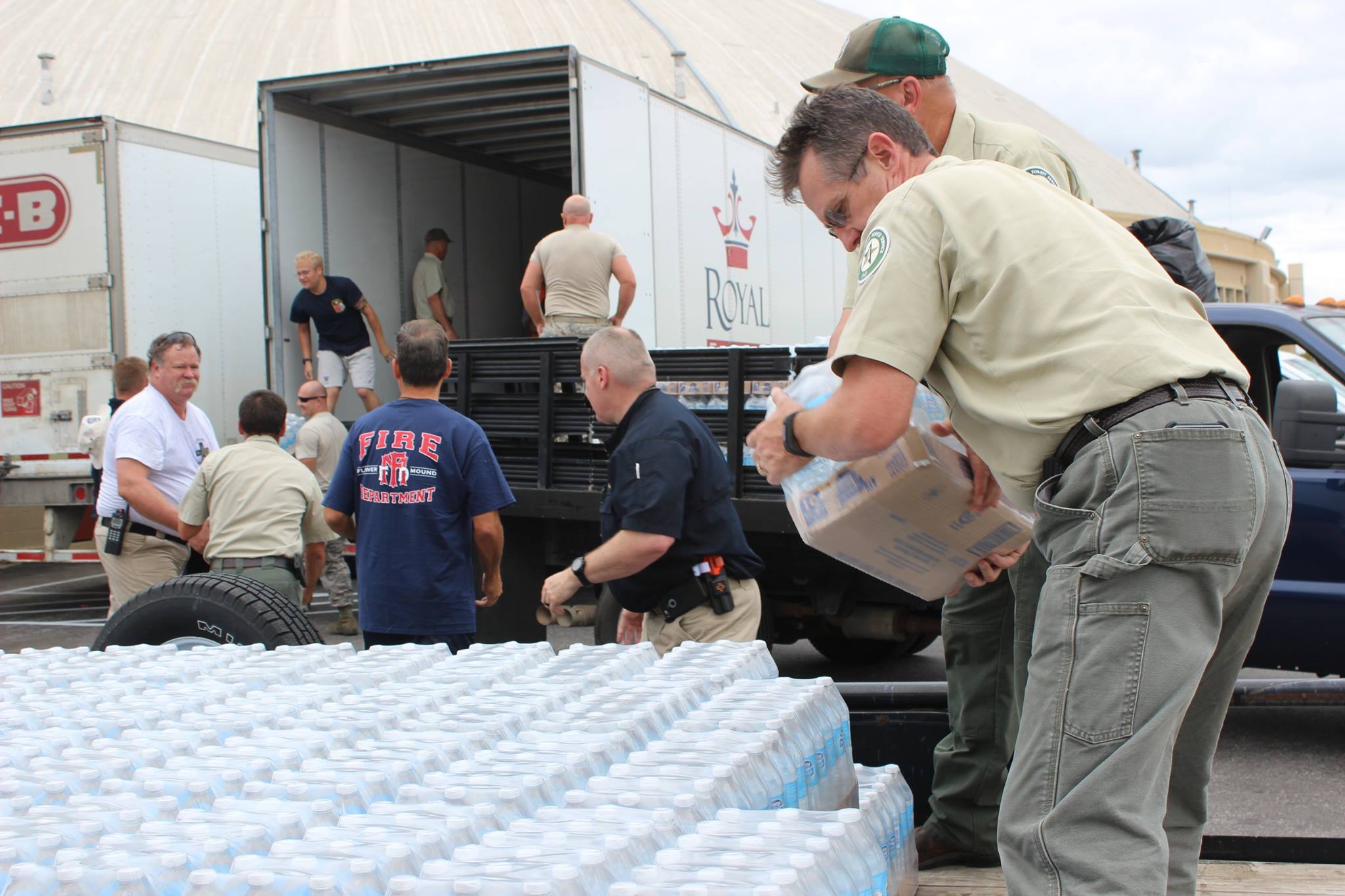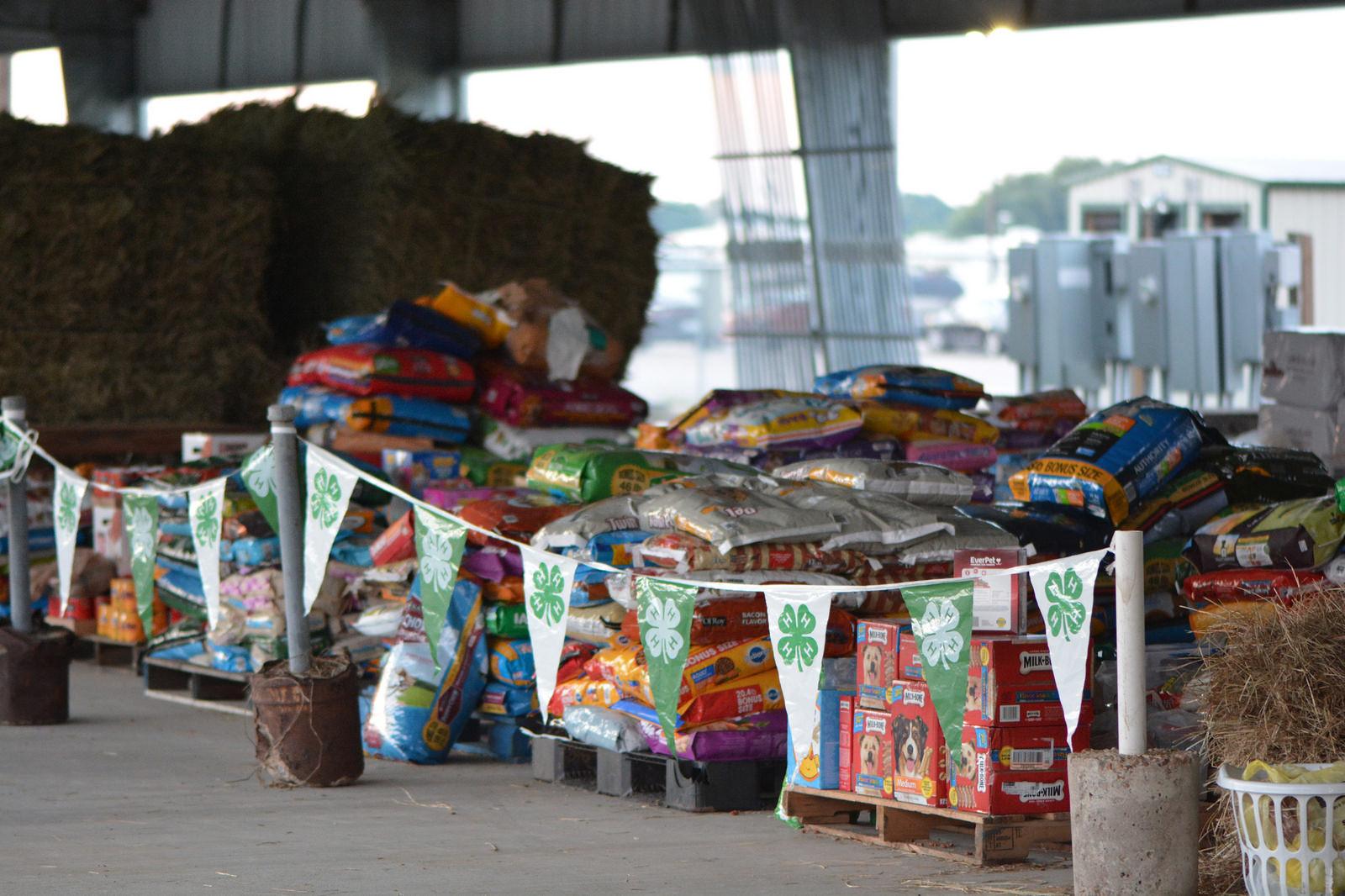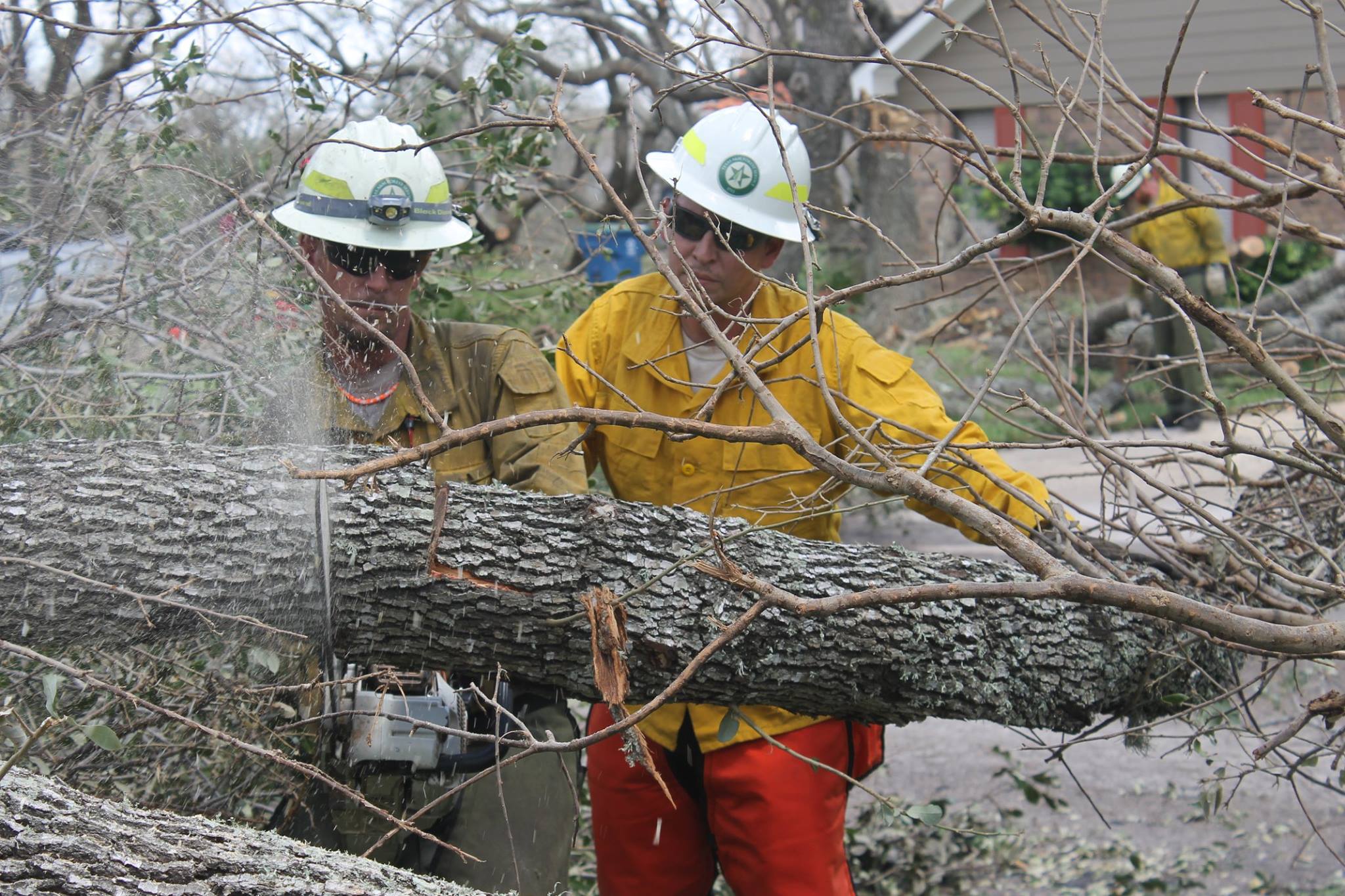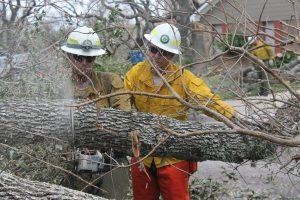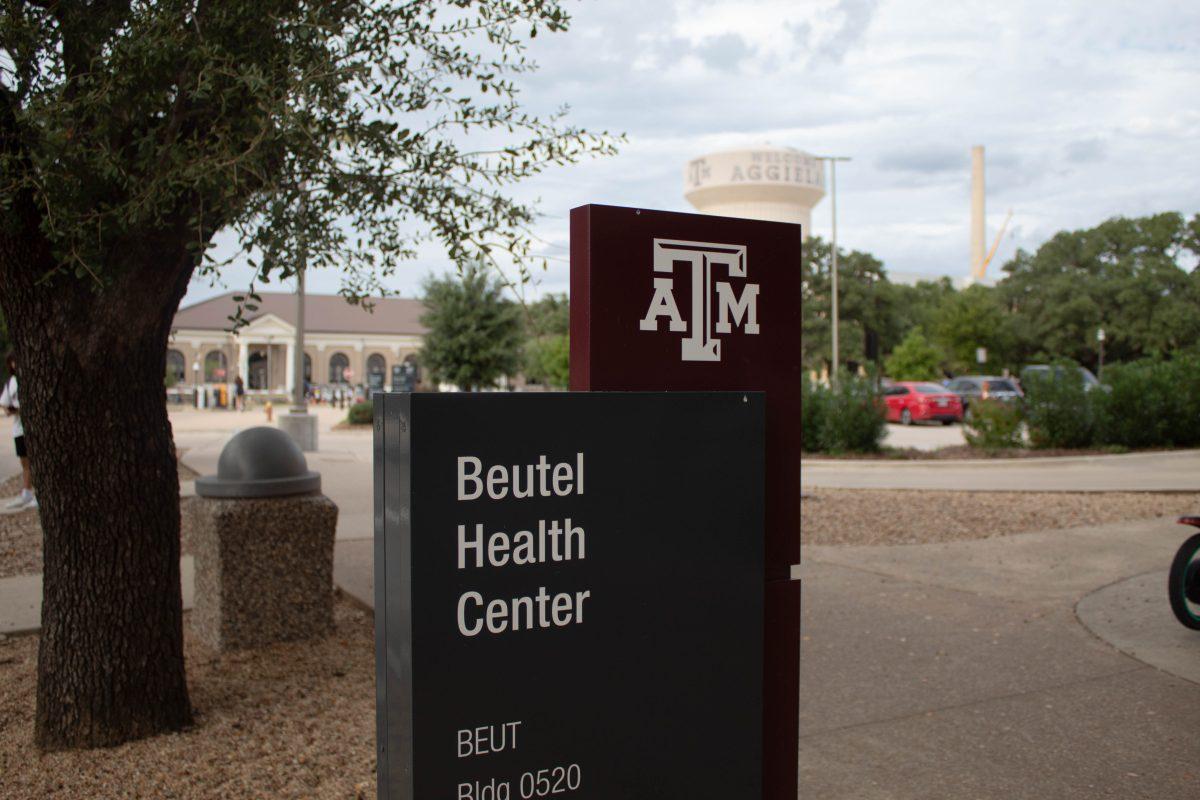Several teams from the Texas A&M University System have mobilized to provide assistance as Hurricane Harvey’s impact continues to be felt in many communities across Texas.
Among the personnel working to support the affected areas are members of the Texas A&M Forest Service, AgriLife Extension Service, Veterinary Emergency Team and Texas Task Force 1.
Texas Task Force 1 (TX-TF1) is an urban search and rescue team sponsored by the Texas A&M Engineering Extension Service. Two 70-person teams from TX-TF1 are assisting with evacuations in the Brazos River/Fort Bend County area, the A&M System said in a statement.
Personnel from the Texas A&M Veterinary Emergency Team are primarily stationed in the Ft. Bend county area caring for the needs of service animals involved in search and rescue operations, according to spokesperson Jennifer Gaunt.
“Our primary responsibility is to care for the search and rescue dogs,” Gaunt said. “When the team left on Friday, they were tasked with caring for canines that are part of Texas Task Forces One and Two.”
Gaunt said the Veterinary Emergency Team is also working to offer support in several other areas that have requested their support and making preparations for a sheltering operation in Ft. Bend county.
“This morning we dispatched another support team to help in Katy, so they’re helping the search and rescue dogs that are part of a multi-state task force and that was FEMA’s request,” Gaunt said. “Today we also dispatched another support team to provide assistance in Brazoria County at an Animal Operation Shelter there. They called us and asked if we could send a team to help them. They’re sheltering both large and small animals and, so we’re providing medical care there.”
Collaborating with other teams from Texas and from out of state, the Texas A&M Forest Service is helping distribute critical resources to heavily-impacted communities as well as collaborating with TX-TF1 to perform rescues, according to public information officer Phillip Truitt, Class of 2011.
“Most employees are working long days, they’re working 16 hours a day and their job may be helping to unload trucks coming with food and water and pack those up to the point of distribution or it could be talking to the public and giving them information about what’s happening in their area so they stay well-informed,” Truitt said. “We also have crews working with chainsaws so they can clear rows with chainsaws so then the rescuers can get in and relief efforts can get in there.”
In addition to the main emergency operation center in College Station, the forest service has set up incident management teams in multiple affected areas to handle the logistical challenges of the extensive relief effort, Truitt said.
“We have an incident management team in Rockport, we have several around Houston, Beeville and what these teams do is they help coordinate that regional response effort we’re doing, whether it’s the rescue efforts or whatever,” Truitt said. “It’s bringing in those resources and helping local government get back on their feet.”
Andy Vestal, regents fellow, professor and extension specialist with the Texas A&M AgriLife Extension Service said that as of Aug. 31, AgriLife has helped establish 80 animal shelters throughout the affected region and is continuously working to keep the shelters supplied.
“We’re doing our part to make sure that the resources are coming,” Vestal said. “We have set up 6 animal supply points and an animal supply point is a central depot by which we receive the donations and distribute those donations to where they’re needed.”
To coordinate the influx of donations, AgriLife established a phone bank on the A&M campus, ensuring that individual supply points are not overwhelmed, Vestal said.
“We’re trying to take some of the burden of the traffic via telephone communications or email communications by learning what the needs are at each of the animal supply points and matching to donor and the trucker up directly with the appropriate animal supply point,” Vestal said. “Those phone lines are pretty busy right now, upstairs on the fifth floor of the Ag and LIfe Sciences Building here at Texas A&M.”
Vestal said the A&M System has been at the heart of the relief effort since before Harvey made landfall and will continue to contribute to the relief effort in the weeks ahead.
“We have a huge amount of Texas A&M University System resources at play and actually we activated, and have been activated for over a week now,” Vestal said. “So several days before this storm we were in the state operations center preparing and deploying resources and we continue to do so and we’ll probably be weeks ahead before we’re done with serving the citizens of Texas.”
Truitt said it will take time for Texas to recover from the damage brought on by Harvey and that personnel from the A&M system will continue to be present throughout the process.
“This is going to be a long-term recovery effort,” Truitt said. “It’s not going to be over with tomorrow, we’ll be here for months and years even, helping to get folks recovered from this tragedy.”
Those available to donate animal supplies like hay and feed are encouraged to call AgriLife’s Animal Supply Point Phone Bank at 979-845-7800. Donors with hay, feed or available pasture space can visit the Hay Hotline page on the Texas Department of Agriculture’s website. Visitors to the page can also contribute monetary donations to the State of Texas Agriculture Relief (STAR) Fund.
A&M System teams heavily involved in ongoing Harvey relief
September 4, 2017
Photo by Courtesy of Texas A&M Veterinary Emergency Team
Members of the Veterinary Emergency Team scan for a tracking chip inside a lost dog.
Donate to The Battalion
Your donation will support the student journalists of Texas A&M University - College Station. Your contribution will allow us to purchase equipment and cover our annual website hosting costs.







